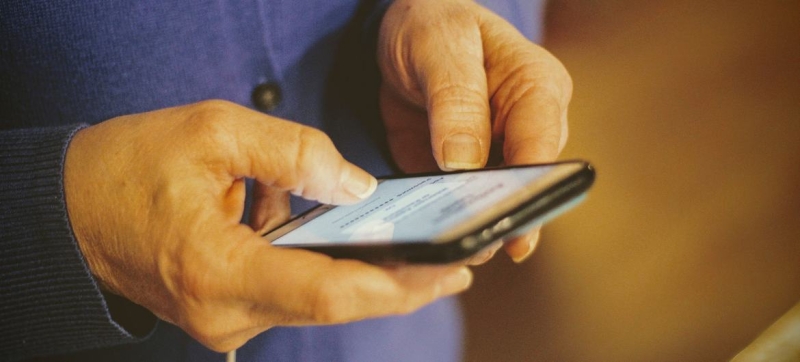
An estimated 2.6 billion people will not have access to the internet in 2024. Global internet usage is growing, but inequality persists Economic development
According to a report released Wednesday by the International Telecommunication Union (ITU), 5.5 billion people will be connected to the internet in 2024, up 227 million from the revised 2023 estimate. However, not everyone in low-income countries has access to the web.
An estimated 68 percent of the world’s population now has access to the Internet, and this figure is growing. However, around a third of the world’s population is still not connected. “ITU Facts & Figures 2024 is a tale of two digital realities in high- and low-income countries,” said ITU Secretary-General Doreen Bogdan-Martin. “The most vulnerable lack access to information, education and employment opportunities. This report reminds us that true progress in our interconnected world is not just about how fast we move forward, but about everyone moving forward together.”
Development and Connectedness
The findings of the study demonstrate a strong link between internet access and level of development. In high-income countries, an estimated 93 per cent of the population will be online in 2024. This contrasts with low-income countries, where only 27 per cent of the population is estimated to be online.
Challenges persist in least developed countries, where only 35 per cent of the population has access to the internet, according to the ILO, and in landlocked developing countries, where only 39 per cent is online.
In total, an estimated 2.6 billion people will not have access to the internet in 2024, representing 32 per cent of the world’s population. That’s down from a recently revised estimate of 2.8 billion, or 35 percent, for 2023.
“While we continue to make progress, these gains mask significant gaps in the world’s most vulnerable communities, where digital exclusion makes life even more challenging,” said Cosmas Lakison Zavazava, Director of ITU’s Telecommunication Development Bureau. He called for action to address glaring inequalities.
Key Findings
The world is slowly moving towards gender parity in internet use. An estimated 70 per cent of men worldwide will use the internet in 2024, compared with 65 per cent of women. The report notes that positive momentum is being seen across the world, except in the least developed countries.
However, there has been no progress in bridging the gap between urban and rural areas. Globally, 83 percent of urban residents are estimated to be online in 2024, compared to less than half of the population in rural areas (48 percent). Of the estimated 2.6 billion people without internet access in 2024, 1.8 billion live in rural areas.
79 percent of people aged 15 to 24 use the internet, 13 percentage points more than the rest of the population. This generation gap, seen in every region, has been slowly narrowing over the past four years.
The internet continues to get cheaper, but affordability remains a challenge: the cost of a fixed-broadband subscription in low-income countries is equivalent to almost a third of the average monthly income.
Globally, four out of five people over the age of 10 own a mobile phone, but there are significant differences between countries. In high-income countries, more than 95 percent of people over the age of 10 have a mobile phone, compared with only 56 percent in low-income countries.
51 percent of the world’s population will be covered by 5G in 2024, but there is a significant gap between high-income and low-income countries, with 84 percent and 4 percent, respectively, having access to 5G.
Also, despite the progress made, fixed broadband remains a luxury for many.
